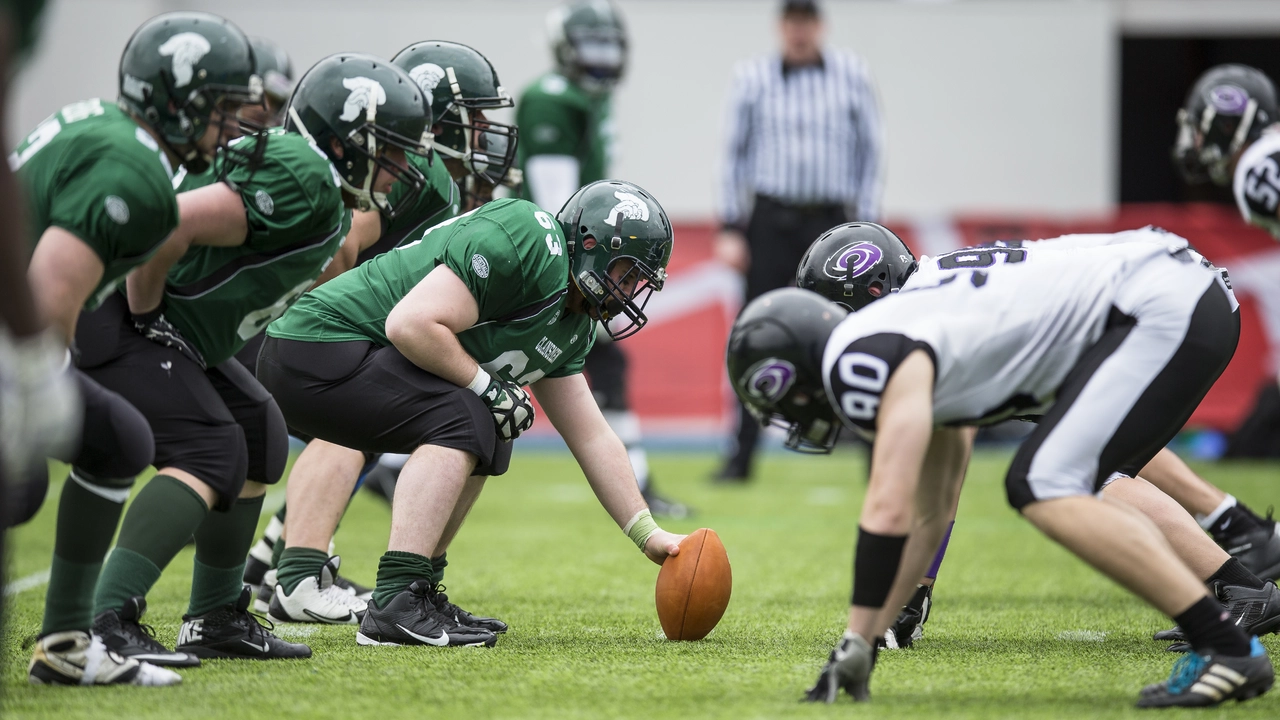American Football & Rugby: Same Origin Explained
Did you know the two sports you love might be long‑lost brothers? Both games started from the same rough‑and‑tumble school match in England, and that fact still shows up on the field today.
From a 19th‑Century Game to Two Giants
In the 1840s, a handful of students at Rugby School began playing a version of football that let you carry the ball. The rules were simple: run, tackle, and keep the ball on the ground. This “Rugby” style spread quickly across public schools and universities in Britain.
When the game crossed the Atlantic in the 1860s, American colleges liked the idea of running with the ball but wanted their own twist. They added a line of scrimmage, allowed forward passes later on, and introduced a set of downs to keep the play moving. Those changes turned the British school game into what we now call American football.
Why the Paths Diverged
The split wasn’t just about rules. In England, rugby stayed tied to community clubs and a culture of amateur play for a long time. In the U.S., colleges turned the sport into a showcase for school pride, which later attracted big crowds, TV deals, and tons of money. That commercial push forced the American version to evolve faster.
Meanwhile, rugby kept its emphasis on continuity of play and simple scoring. The sport stayed true to the original idea of “running with the ball” and resisted major changes for decades. That’s why you still see fewer stoppages and more fluid movement on a rugby pitch.
Both games share core concepts: a ball, a field, and the goal of moving the ball into the opponent’s area. But the details—like the number of players, the shape of the ball, and how the game restarts—show how each culture shaped the sport to fit its own tastes.
Understanding this history helps fans appreciate why a rugby tackle looks different from an NFL sack, or why a rugby try feels more like a sprint than a set‑play. It also explains the similar physical demands: both need strength, speed, and teamwork.
Modern fans love spotting the crossover moments—like a rugby lineout that reminds you of a football snap, or a quarterback’s read‑play that mirrors a rugby back’s decision‑making. Those moments are proof that the two sports are still talking to each other, even after more than 150 years apart.
So next time you watch a game, think about the old English schoolyard where it all began. The shared roots add a layer of intrigue that makes each tackle, each pass, and each score feel part of a bigger story.
Got thoughts on how the two games compare? Drop a comment, share a memory, or tell us which rule change you think made the biggest difference. The conversation keeps the history alive, and it’s the best part of being a sports fan.
